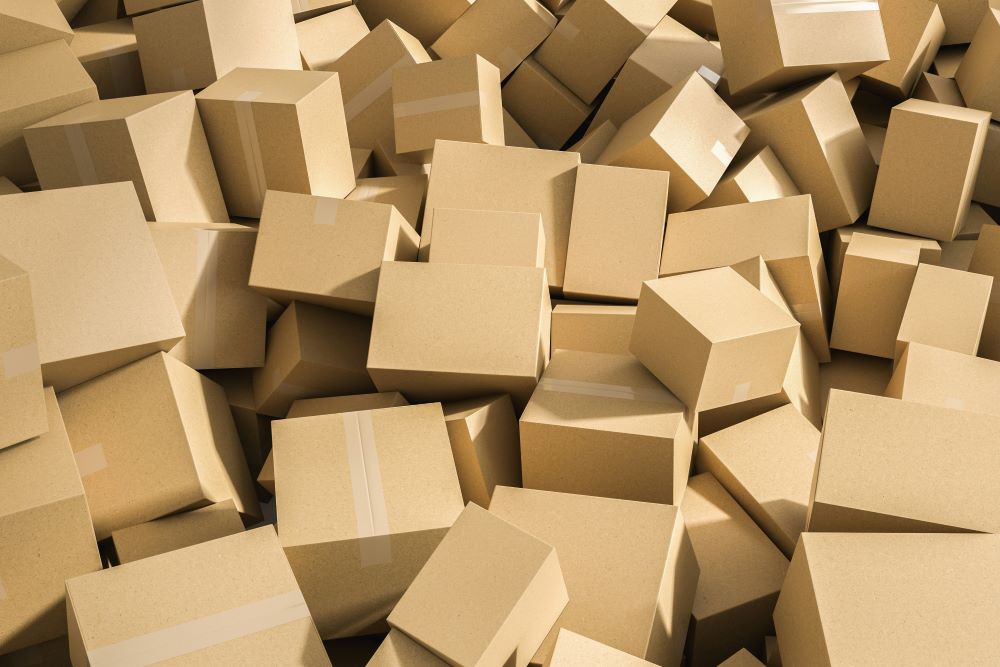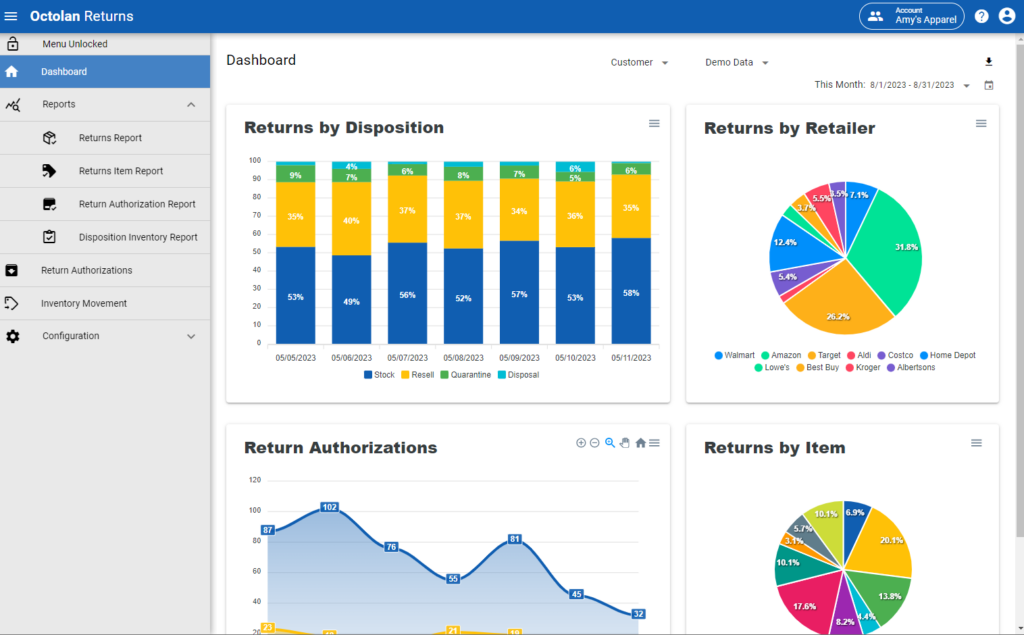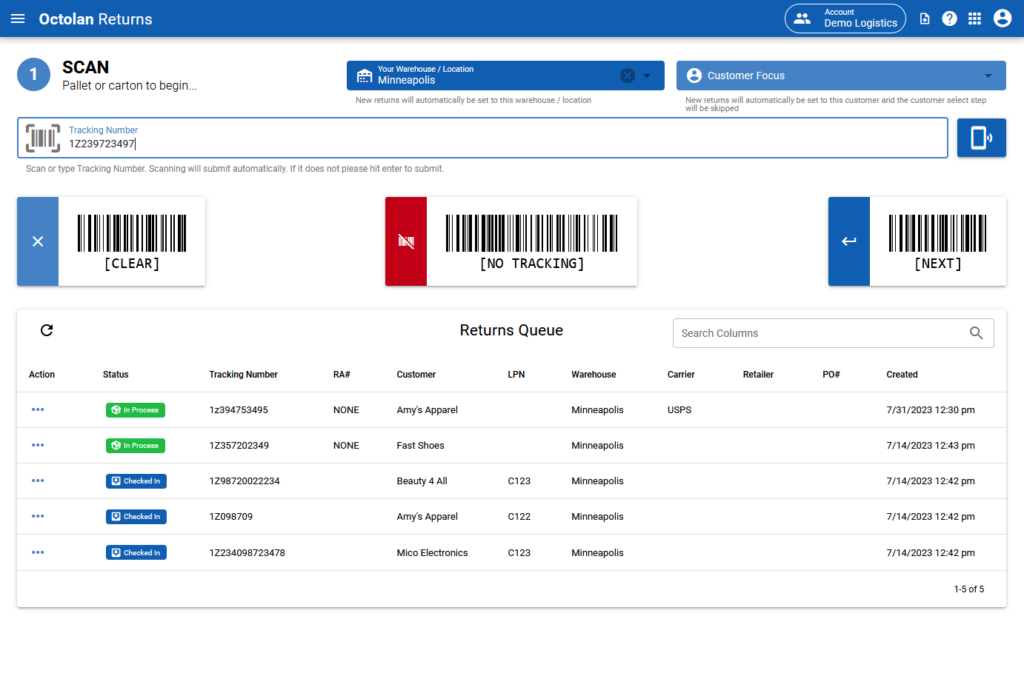Whether you’re just considering adding returns management to your 3PL service menu or you’ve been handling returns for your customers and it’s getting a bit out of hand, optimizing your returns desk is a crucial step. You don’t want to be stuck with a pile of products in the corner of your warehouse, waiting for one of your team members to manually enter items into a Google sheet. As your business grows, that task can quickly become unmanageable.
And it’s not just frustrating for your internal team: the longer it takes to manually process each return, the more customers you’ll have calling to ask if you received their return, and the more time your team will have to take away from other tasks to track down those products.
All of that chaos in the returns process means more employee time, higher costs and more dissatisfied customers. You need a documented returns process, dedicated space to receive and handle returns, and appropriate technology and equipment to support the returns flow.
What Does Your Returns Desk Do?
A returns desk handles the entire process of managing returns in a warehouse. It includes the workspace, an inventory staging area that’s easily accessible to the returns desk, and all of the equipment your team needs to process returns. Depending on what kinds of returns you handle (such as a small volume of large items vs. a large volume of smaller individual products), that equipment may include scanners, a desktop or laptop computer, smartphone or tablet, camera, label printer, box cutter and repackaging materials.
There are two main kinds of returns your 3PL may work with: direct-to-consumer or retail. Retail returns come from your retail partners’ return centers, often in the form of a gaylord full of products.

Direct-to-consumer returns, as the name implies, are individual returned items from end customers, which may trickle in from UPS, USPS or FedEx – or, if you’re a larger facility, you may get a truckload from these carriers. Because much of the returns desk chaos originates in direct-to-consumer returns, we’ll focus on this.
Whichever kind of returns you handle, you’ll need a space to receive, open, inspect and disposition the items as efficiently as possible – both to keep costs down and to either get items back in inventory or liquidated quickly.

What Does an Optimized Returns Process Look Like?
The ideal returns management process begins with a known return (one with an RMA and tracking information) going through a staging step. In staging, you scan the barcode on a return package with a returns management solution (like Octolan) to get information on that item and what you need to do with it.
Next, depending on your returns process and requirements from your retail partners, you may need to capture photos of the package in the condition in which you received it before opening. Then, you’ll open the package and capture a photo of the contents. You’ll scan the product’s UPC, barcode, LPN or other code to pull its information from the item master.
With a good returns management solution, each item is tied to a disposition flow that guides your team through what to do with each product. Using Octolan as an example, each vendor can configure a workflow of questions for different areas of their item taxonomy. These questions may be item-specific or tied to item categories – so, all electric earbuds as a category vs. a specific brand they sell.

When a user in your warehouse scans the item, the returns solution prompts them to answer these questions about the product. In the case of Octolan, this is a series of yes-or-no questions that can be scanned on the screen, so the user doesn’t have to type or mouse over anything, making the process quick and efficient. Answering these questions guides the user through the dispositioning process so they know exactly what to do with each item.
The biggest benefit of this kind of technology is that your workers don’t have to know anything about the product they’re working with. The software guides them all the way through the workflow, from inspection through which inventory location or bin they should put the item next. It even prompts them when they need to take a photo and scan a bin so the item gets tracked all the way through returns processing and on to disposition.
By implementing this kind of technology, you not only make your retail partners happier by speeding their returns back to inventory or into the liquidation process; you also cut your own costs in terms of manpower needed to process mountains of returned products.
Want to learn more about how to optimize your returns desk? Stay tuned for our upcoming returns optimization playbook.
Wondering what to do with the products that can’t go back into inventory? Check out our next post on Octolan’s intelligent liquidation feature.
